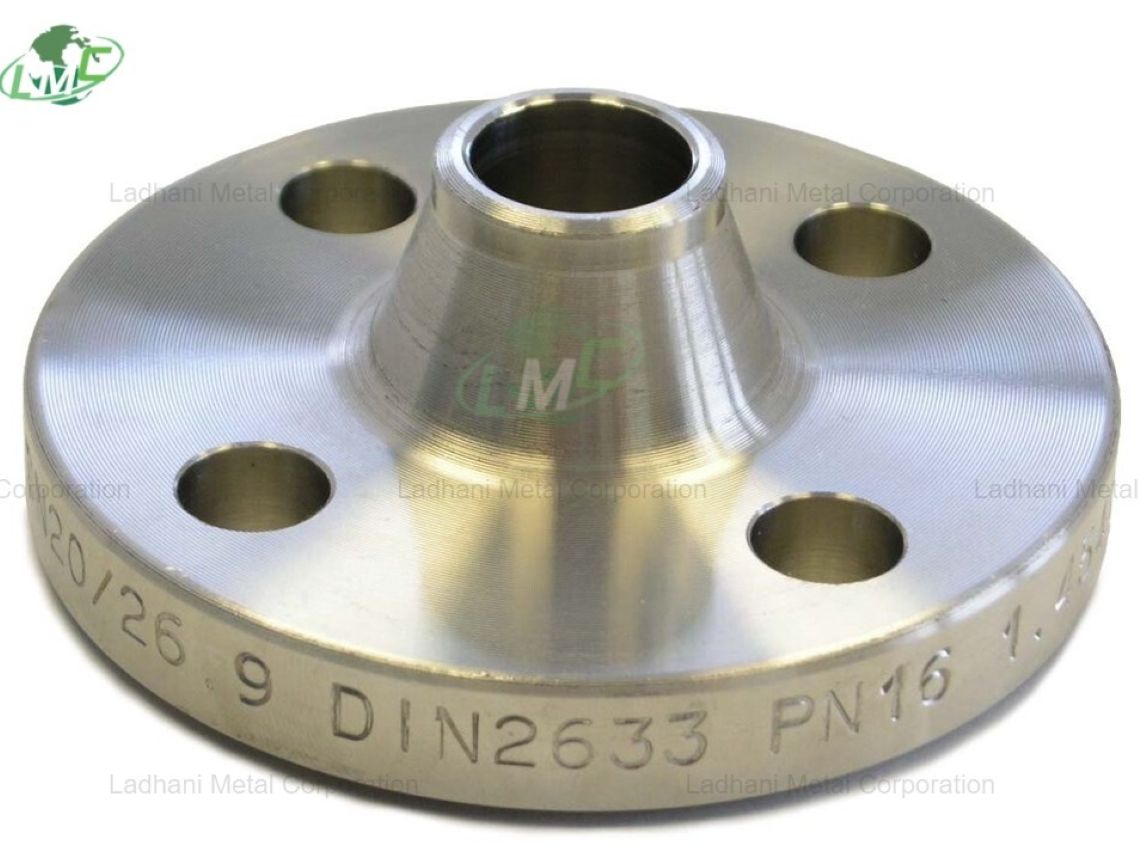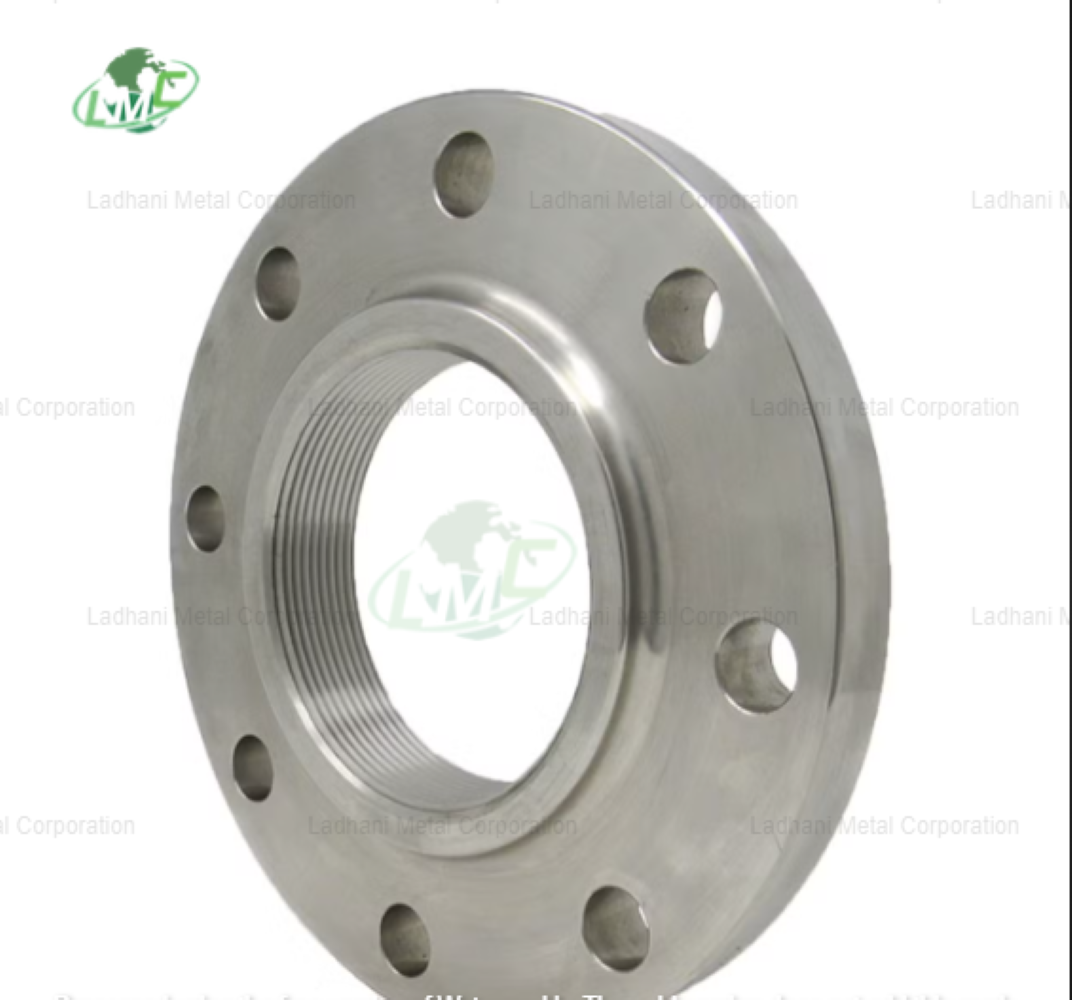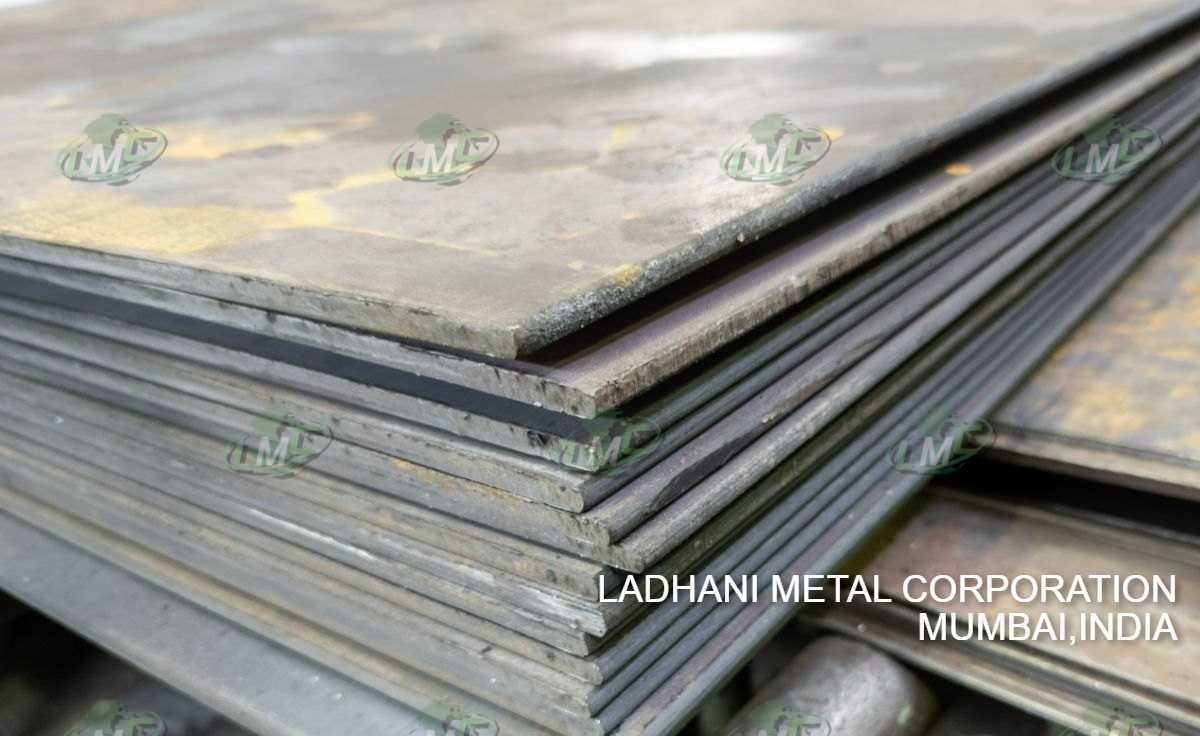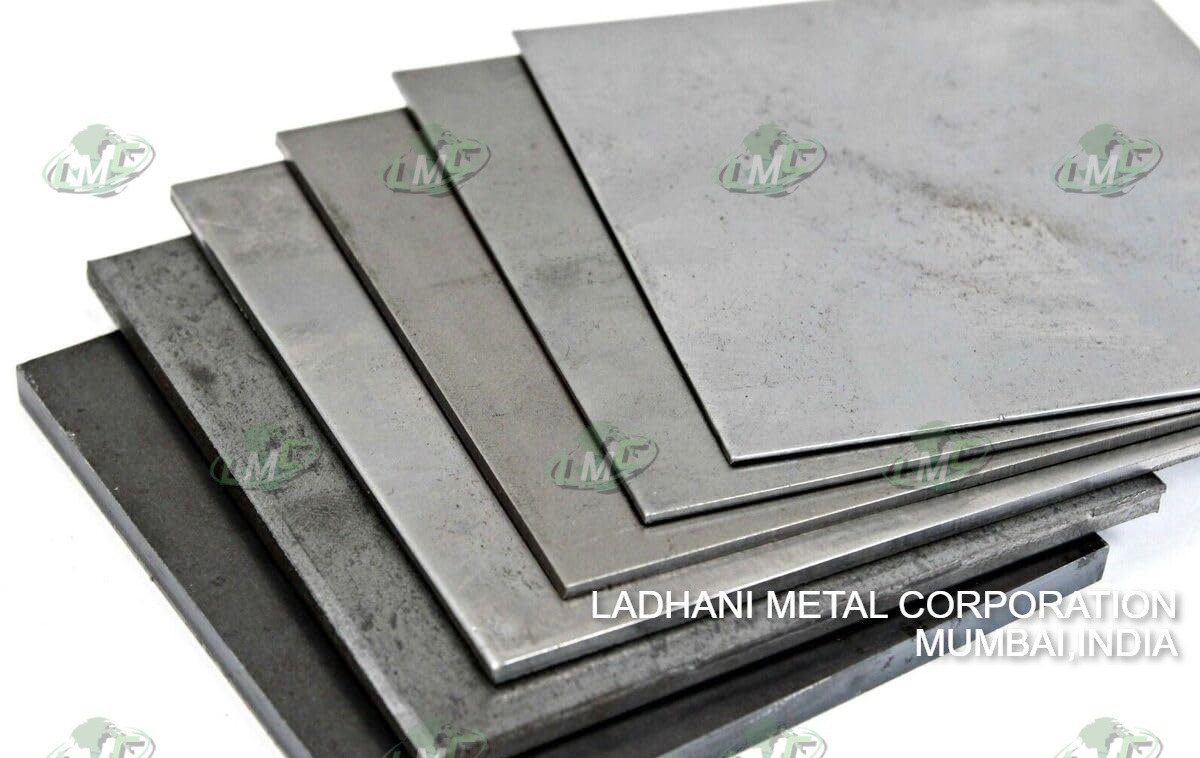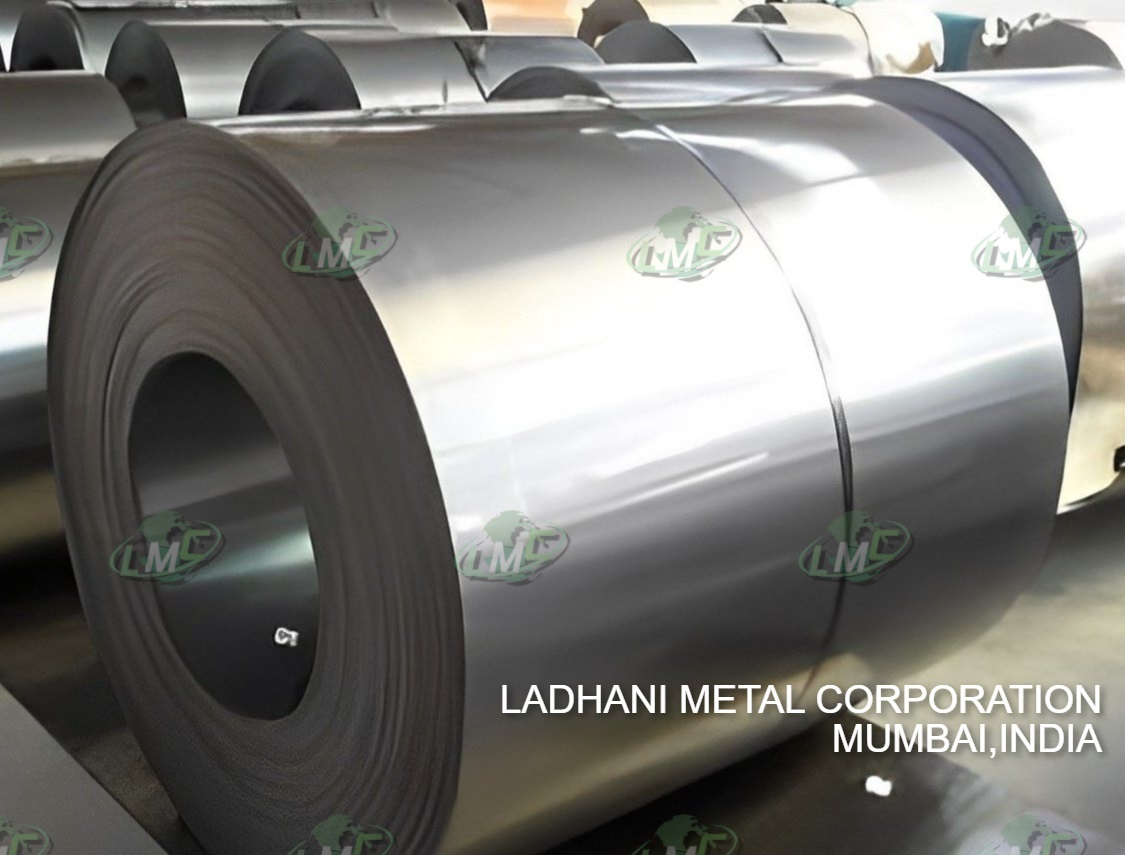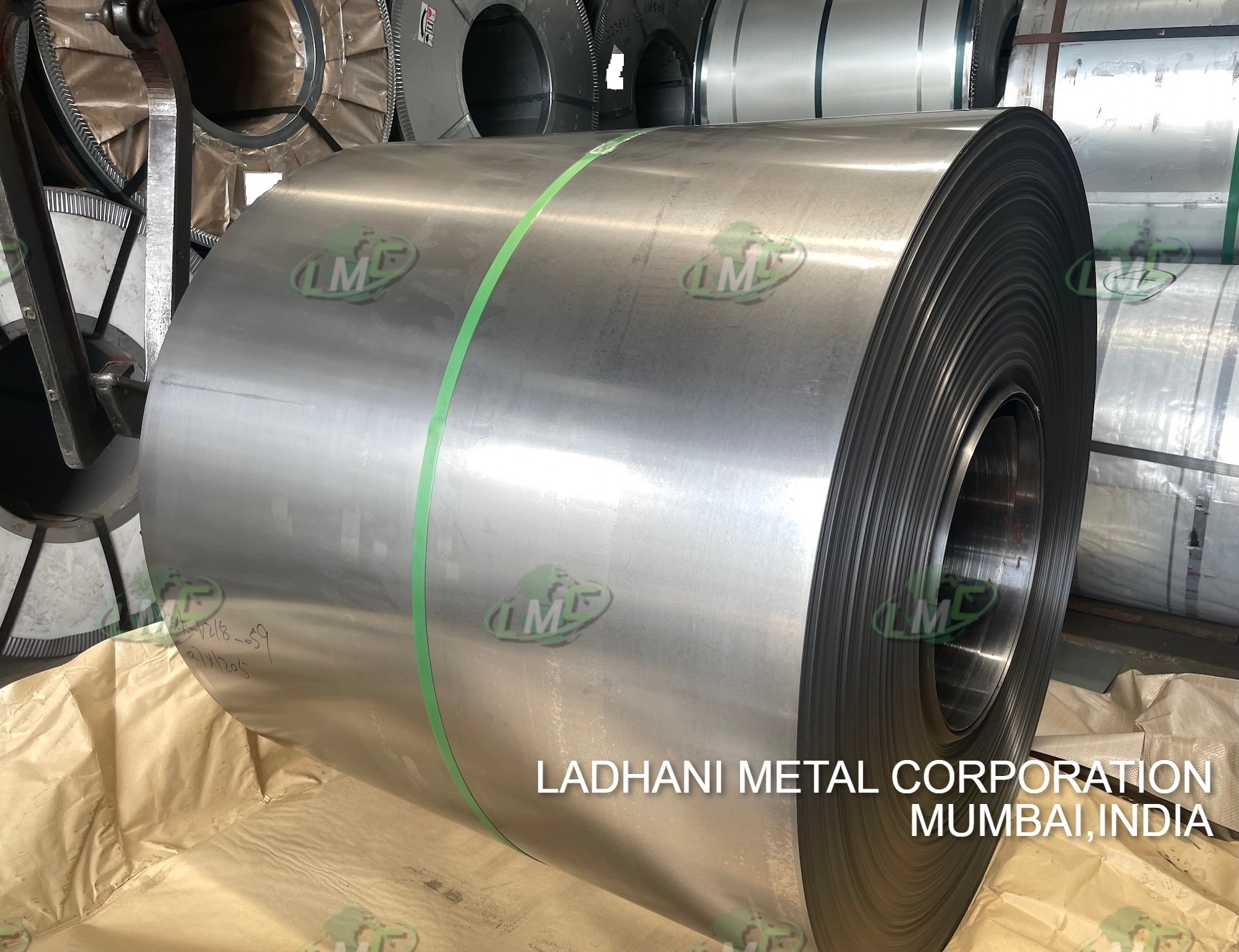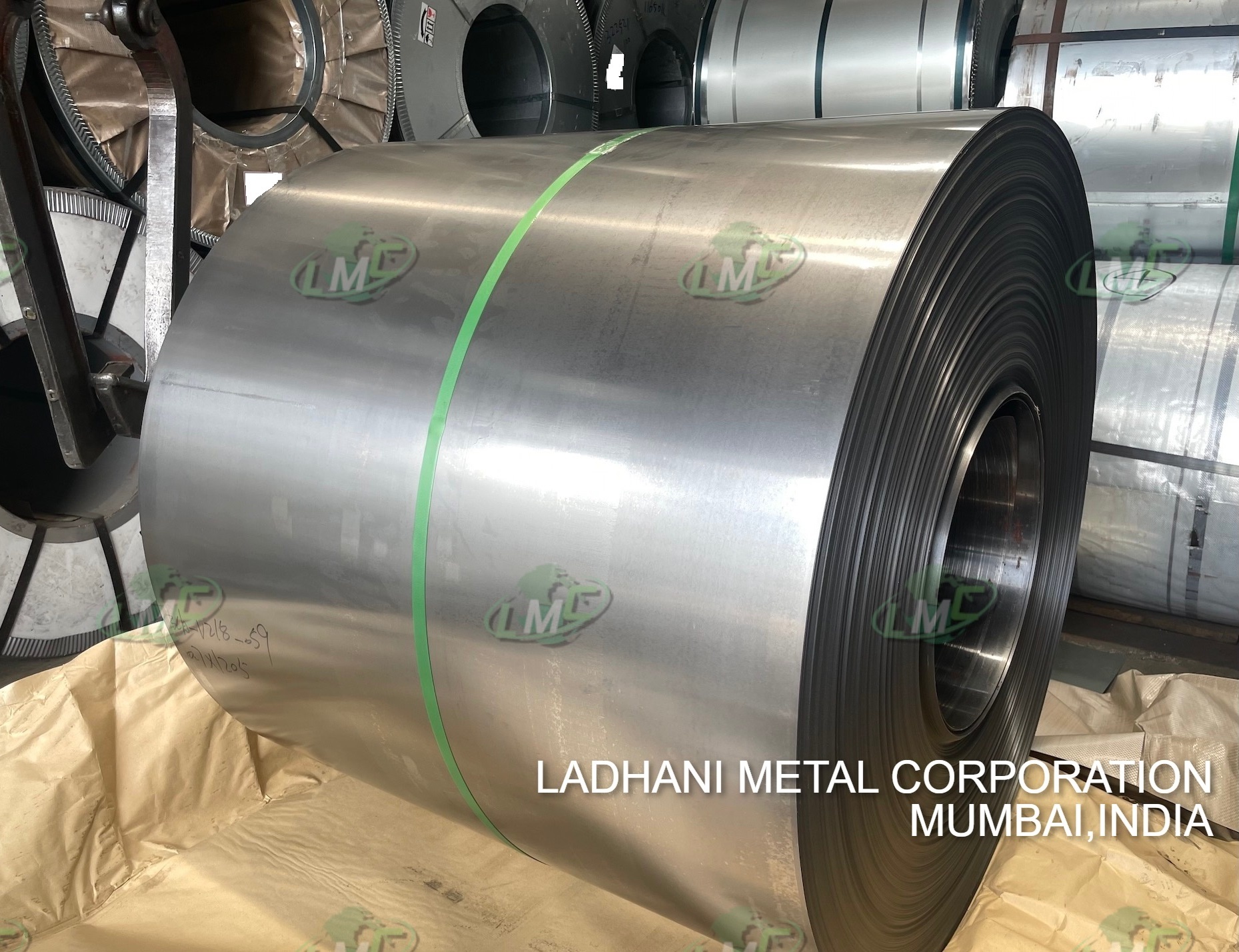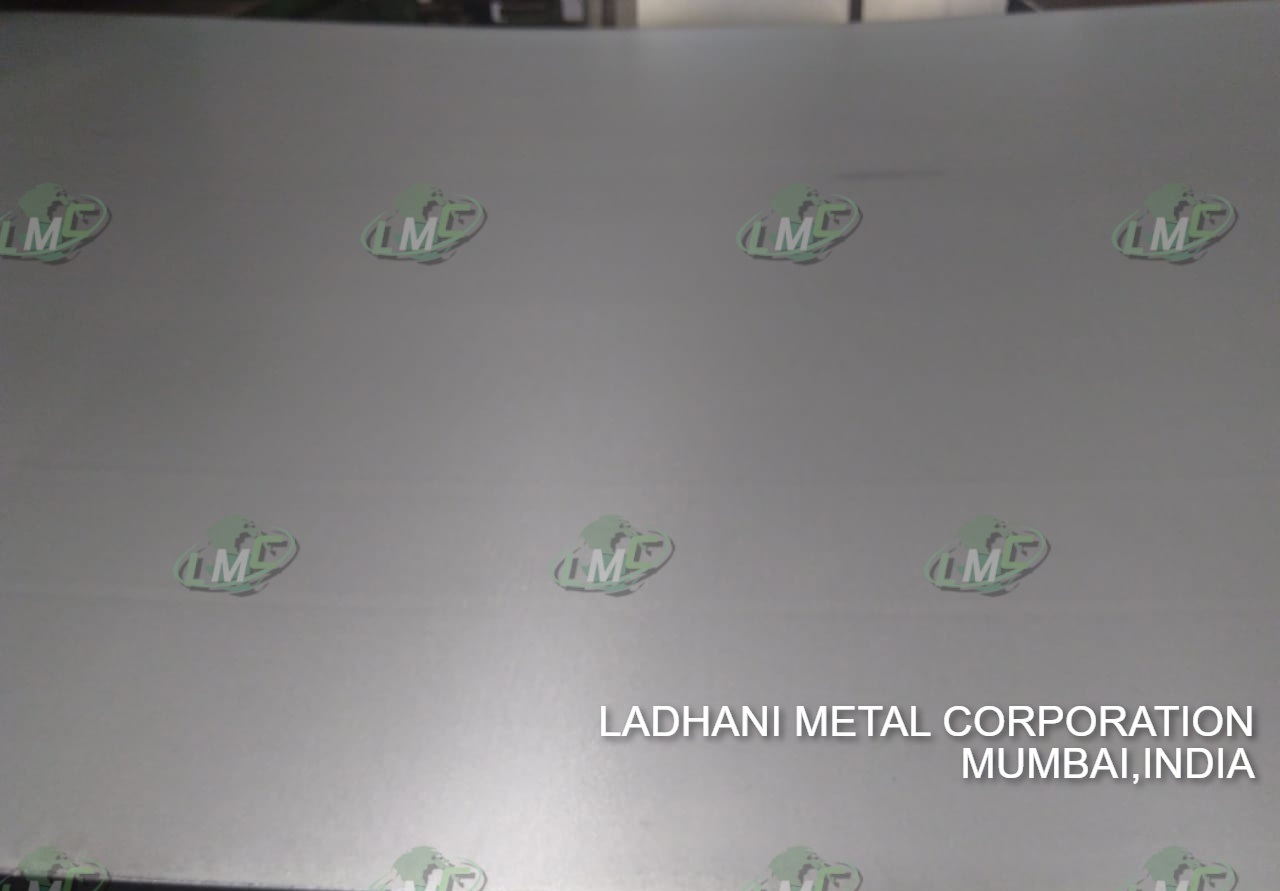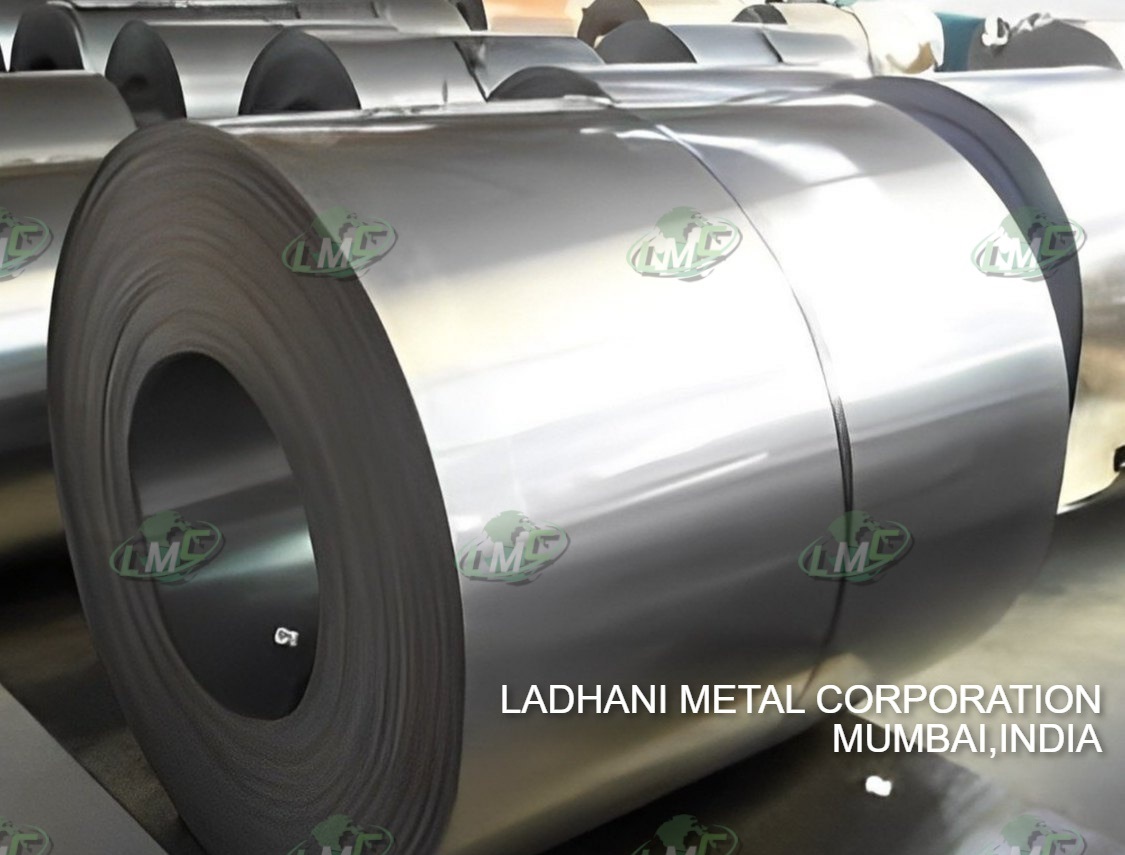DIN 2633 stainless steel flanges PN 16 are precision-engineered weld neck flanges manufactured in accordance with the DIN 2633 standard. These flanges are designed for higher medium-pressure applications up to 16 bar (232 psi), offering durable and secure connections in a wide range of industrial pipeline systems. Made from high-quality stainless steel grades such as 304, 316, and 321, they offer superior corrosion resistance, mechanical strength, and long-term performance under more demanding operating and environmental conditions. Ladhani Metal Corporation is a leading global manufacturer and supplier of stainless steel flanges, known for consistent product quality, technical precision, and adherence to international standards. Each flange undergoes rigorous inspection to ensure compliance with industry norms and safety guidelines. Pressure Rating: • PN 16 (16 bar / 232 psi): Suitable for medium to high-pressure pipeline systems requiring enhanced joint strength and corrosion protection. Flange Type: • Weld Neck Flanges Designed with a long tapered hub that facilitates proper pipe alignment and reduces stress concentration at the flange base. This ensures smooth flow transitions and minimizes turbulence. • Flat Face (FF) Flanges Flat face configuration promotes uniform gasket compression, making it ideal for systems using soft gasket materials or mating with cast components. Stainless Steel Grades and Full Composition: Stainless Steel 304 • Chromium (Cr): 18.0 – 20.0% • Nickel (Ni): 8.0 – 10.5% • Carbon (C): ≤ 0.08% (304), ≤ 0.03% (304L) • Manganese (Mn): ≤ 2.0% • Silicon (Si): ≤ 1.0% • Phosphorus (P): ≤ 0.045% • Sulfur (S): ≤ 0.03% • Iron (Fe): Balance Applications: Suitable for general-purpose piping systems including potable water, food-grade processing lines, and moderate chemical environments. Stainless Steel 316 • Chromium (Cr): 16.0 – 18.0% • Nickel (Ni): 10.0 – 14.0% • Molybdenum (Mo): 2.0 – 3.0% • Carbon (C): ≤ 0.08% (316), ≤ 0.03% (316L) • Manganese (Mn): ≤ 2.0% • Silicon (Si): ≤ 1.0% • Phosphorus (P): ≤ 0.045% • Sulfur (S): ≤ 0.03% • Iron (Fe): Balance Applications: Suitable for more aggressive environments including chemical processing, marine systems, and equipment exposed to chlorinated solutions or cleaning agents. Stainless Steel 321 • Chromium (Cr): 17.0 – 19.0% • Nickel (Ni): 9.0 – 12.0% • Titanium (Ti): ≥ 5 × C (typically 0.20 – 0.70%) • Carbon (C): ≤ 0.08% • Manganese (Mn): ≤ 2.0% • Silicon (Si): ≤ 1.0% • Phosphorus (P): ≤ 0.045% • Sulfur (S): ≤ 0.03% • Iron (Fe): Balance Applications: Preferred in applications involving elevated temperatures and moderate corrosion exposure, such as exhaust systems, heat exchangers, and food-grade thermal equipment. Applications of DIN 2633 Stainless Steel Flanges PN 16: • Industrial Water Systems Used in pressurized water delivery and treatment systems requiring increased pressure tolerance. • Chemical and Petrochemical Plants Suitable for pipelines transporting reactive or mildly corrosive chemicals. • Marine and Offshore Applications Resistant to saltwater corrosion and pressure variations in marine environments. • Food and Beverage Processing Employed in sanitary and hygienic systems requiring strong, corrosion-resistant joints. • HVAC Systems Used in high-pressure duct and pipe connections for heating, ventilation, and cooling systems. Key Features: • Manufactured in compliance with DIN 2633 standards • PN 16 pressure rating for enhanced medium-pressure service • Weld neck design supports secure, vibration-resistant connections • Offered in stainless steel grades 304, 304L, 316, 316L, and 321 • High resistance to chemical and environmental corrosion • Long-lasting performance under mechanical stress and thermal cycles • Custom dimensions, materials, and finishes available upon request Conclusion: DIN 2633 Stainless Steel Flanges PN 16 from Ladhani Metal Corporation are built for reliability in demanding industrial settings that require higher pressure tolerance and superior corrosion resistance. These weld neck flanges, made from premium stainless steel, are ideal for applications across water treatment, chemical processing, marine installations, and food-grade systems. For custom configurations, technical consultations, or detailed pricing, contact Ladhani Metal Corporation today.
Send Message
